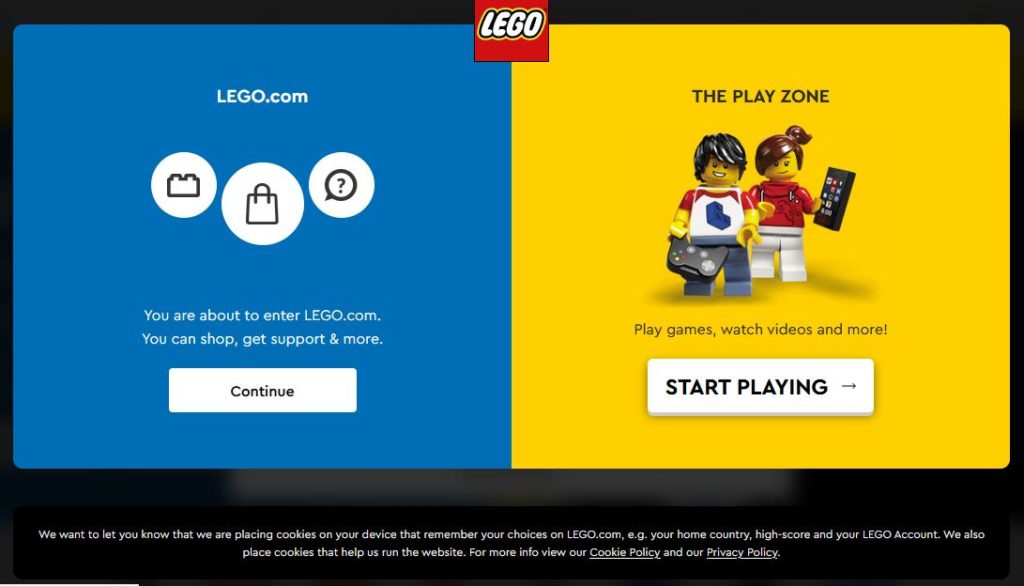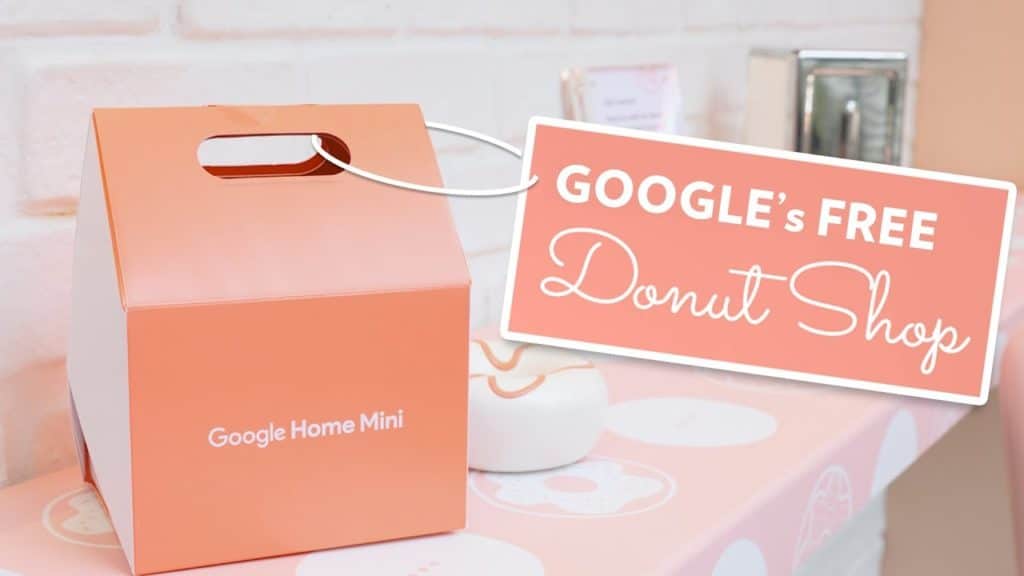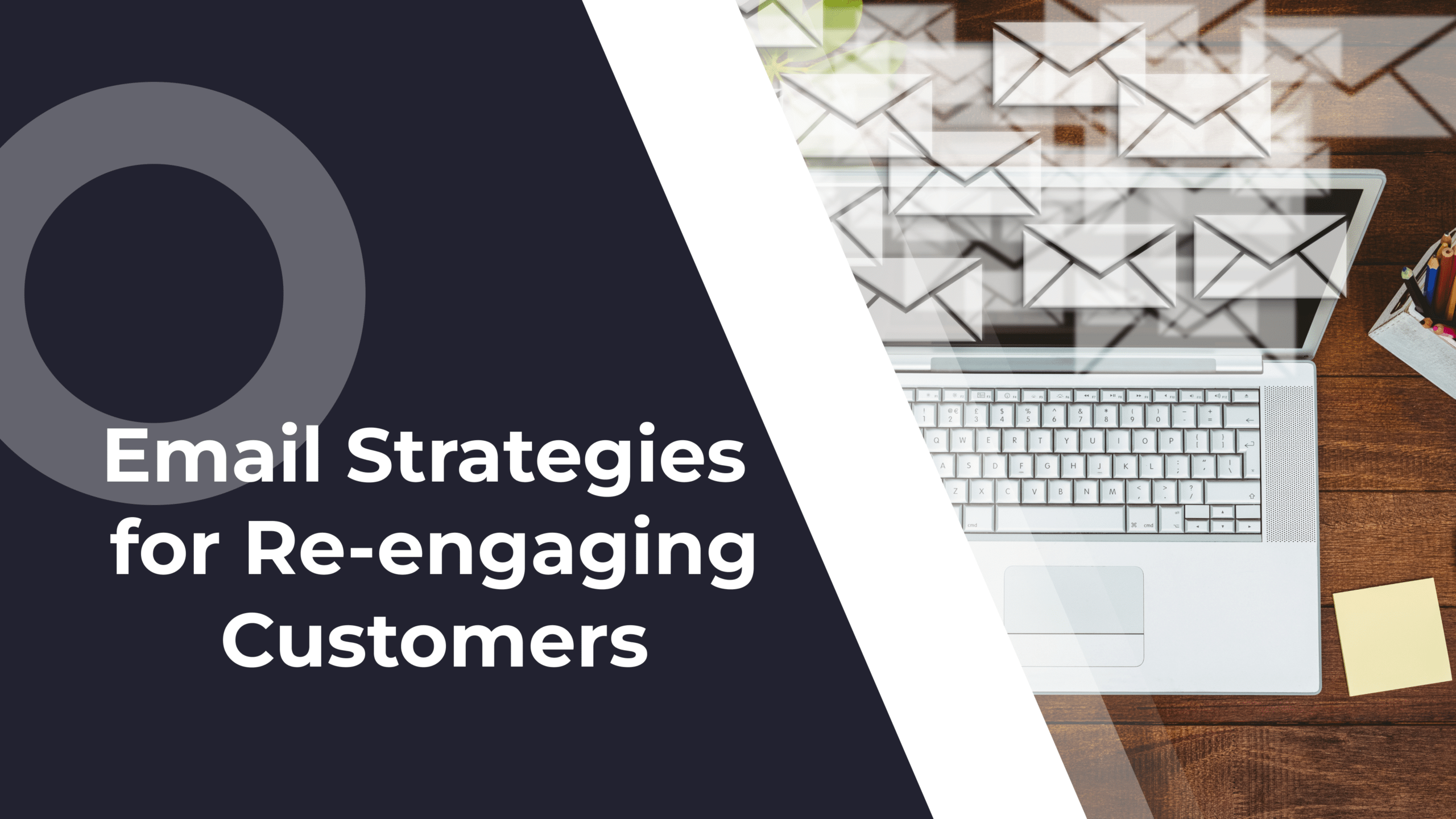More than 72% of businesses claim that improving customer experience (CX) is their #1 priority today.
Are you one of them?
No doubt, you are. Why else would you be here looking for the top customer experience and customer service trends to follow in 2025?
Read on to learn why exactly you need to follow those, what will be trendy in CX and customer service during 2025 and, most likely, for the next decade.
Reshaping Your Business With CX and Customer Service Trends: Why Bother?
80% of CEOs claim their customers’ experiences are superior, while only 8% of their customers think so.
So, it looks like there’s still much work left to do when it comes to CX.
The following statistics prove that customer experience and customer success matter greatly for businesses:
- 64% of consumers consider CX to be more significant than the price.
- 89% of customers will make another purchase if they had a great experience with the brand, and only 18% of those who had a poor one will do so.
- The sense of happiness and comfort defines the choice of a brand, while 66% of consumers hope that brands can understand their unique needs and expectations.
- By improving CX, 84% of companies boosted their revenue, 95% of those reported an increase in customer loyalty, and 79% of them reduced costs.
Not bad, right?
Let’s see in what direction you should look next year to strengthen your customer success strategy.
Customer Experience and Customer Service Trends to Explore in 2025 and Further On
Trend #1. Total experience (TX)
Gartner predicts that organizations aiming at total experience (TX) will outperform their competitors by 25% in terms of customer success metrics by 2025.
From both internal and external perspectives, companies should strive to implement an all-in-one approach to business by blending seamlessly the four elements of TX:
- Customer experience (CX)
- User experience (UX)
- Employee experience (EX)
- Multi-experience (MX)

Gathering data on potential and existing customers from publicly available sources (also known as lead scraping) can provide valuable insights into ways TX can be enhanced without committing to costly surveys. Based on Avaya’s findings, the majority of companies agree that TX is “an intrinsic part” of their business. 82% of them claim that a positive customer experience is driven by empowered employees (EX).
Meanwhile, 83% of brands cite personalized interactions across a variety of digital touchpoints (MX) as a crucial factor for achieving total experience.
Trend #2. Enhanced IT security and data privacy
What if we told you that a cyberattack happens every 39 seconds?
Cloud leaks, third-party risks, zero-day vulnerability, SQL injections, password attacks, or identity theft are only a few cybersecurity issues that can result in the loss of data, time, money, and overall business viability.
That’s why IT security and customer service security in particular should be given due attention. Companies should invest in advanced threat intelligence, strong security protocols, and modern approaches like PTaaS to protect sensitive customer data.
Then, there are data privacy concerns among customers in terms of their personal information usage by companies. In fact, 92% of internet users are worried about websites collecting their individual data (TrustArc).
“When it comes to data privacy, digital-first businesses should also be careful about the cookie law and the GDPR (General Data Protection Regulation),” reminds Ben Michael, Practicing Lawyer and Founder of Michael & Associates.
“If a company infringes on user privacy, it can face legal consequences: from administrative sanctions and fines to criminal penalties.
Even such giants as Amazon and Facebook were penalized with over $886 million and $67 million fines, correspondingly, for breaking the cookie regulations.”
Trend #3. More self-service options
As many as 95% of companies have reported a significant increase in the number of customer requests for self-service, while 81% of digital consumers would like to have a wider range of self-service options.
Here’s a list of the most widespread self-service features:
- FAQs and knowledge bases
FAQs, resources, libraries, knowledge bases, and so on are rather effective and budget-friendly customer success tactics.
Research shows that 91% of users would eagerly consult a knowledge base, if it were tailored to their preferences. Zendesk, Notion, and Document360 are the top three tools you can use to build a knowledge base that meets your customers’ wants and needs.
- AI-powered chatbots
A chatbot is an effective self-service option and one of the best AI-powered tools for improving user experience, chosen by businesses who want to keep up with customer experience trends. Not without a good reason – 68% of users give preference to chatbots because they provide faster responses.
According to Daniel Apke, CEO of Land Investing Online,
“A chatbot alone can boost both sales and the CSAT score. Using a TIDIO chatbot, for instance, our company raised the land investing course participation rates by 72% and customer support satisfaction by 18%.
The chatbot in question offers related podcasts to our clients whenever they inquire about any specific topic. It also suggests setting up a consultation with our customer support agents.”

Consider some live chats with a chatbot feature that can help you take your customer service to the next level.
- Speech recognition systems
Voice recognition is the next big thing for call centers.
Speech recognition software can identify and decipher human speech, respond to queries, give the required information, and more. IVRs (interactive voice responses) and edge voice assistants, for example, have already become indispensable tools for delivering customer service.
Trend #4. Immersive experiences with augmented reality (AR)
Augmented reality is altering the way customers interact with products and services and enables immersive, all-embracing experiences. A product/service can be experienced in a more in-depth manner, to the fullest extent possible.
Disney’s audience, for example, can already watch an AR-enabled short film via Disney’s app Remembering: The AR Experience.

While IKEA’s customers are using IKEA’s Place app to virtually place true-to-scale 3D models of furniture into their rooms.

As for the B2B SaaS industry, Altoura, a groundbreaker in VR/AR, has recently introduced its Immersive Reality Platform for firms to develop their own virtual training scenarios for employees.
Trend #5. Emotionally-resonant designs
Consumers’ emotions before, during, and after a purchase are greatly driven by design.
That’s when emotional resonance comes into play. Your website or application design should evoke positive emotions.
Anthony Martin, Founder and CEO of Choice Mutual, shares how they implement an emotionally-resonant design on the company’s website:
“In order to create appealing website aesthetics that could evoke positive emotions and improve browsing experiences, we’ve been using accessiBe’s solution: a web accessibility widget. It enables color, font, and orientation adjustments and makes the website accessible, inclusive, and equitable.
It also goes in line with the Americans with Disabilities Act (ADA) and caters to the specific users’ needs: ADHD friendly, seizure safe, vision impaired, and other accessibility profiles.”

If you peered into the SaaS universe right now, Asana would definitely catch your attention with its interactive animation whenever you finish a task.

It’s worth applying some useful web design principles that directly impact customer success through an emotional appeal.
In-app or on-website interactivity and data visualization can ensure a better customer experience and trigger positive emotions such as excitement, curiosity, pride for accomplishments, etc.
Trend #6. Hyper-personalized approaches
Hyper-personalization can help you meet all expectations of the global customer of today who anticipates more personalized approaches from brands, according to MoEngage’s report. Only 12% of Europeans, for example, receive relevant news and personalized updates from companies.
Hyper-personalization is a process of creating targeted experiences and delivering relevant information with the help of real-time data, predictive analytics, automated solutions, and artificial intelligence.
A hyper-personalization framework includes:
- Behavior-based segmentation
- Cross-channel data collection
- Targeted exploration and measurement
- Predictive data analysis
- Personalized content creation
You can’t but agree here that the role of data in customer success is obviously crucial. A hyper-personalized approach cannot be achieved if you don’t have a robust data science strategy.

E.g., Netflix has got a hyper-personalized recommendation system powered by a Personalized Video Ranking (PVR) algorithm. Recommendations on their homepage are based on users’ viewing habits.
Trend #7. Proactive customer service
Proactivity will help you anticipate buyers’ needs before they become aware of them and have to contact you for assistance. You should be able to predict the moments when additional help may be required and optimize customer touch points.
Using data science, real-time analytics, and more advanced tools, you can perform predictive analysis and detect potentially problematic areas before a customer feels there’s an issue.
LEGO, for instance, pops up with a road post and directs visitors either to the play zone or to the e-store depending on their needs.
Alternatively, ask for feedback during customer’s interaction with an application or website.

Trend #8. Promotional gifts and branded merchandise
It’s a never dying trend that can become a game changer for you.
Why? Because 90% of customers are likely to buy more often from a company, if they receive a free gift from it.
For example, New Relic, a SaaS provider of an application performance management system, launched a promotional t-shirt giveaway in exchange for sharing a referral link with a friend. The company also encouraged customers to tell their friends about this initiative on Twitter.

“Labeling promotional products with a company’s logo, name, or motto, you can inject your brand even deeper into your customers’ lives, enhance brand awareness, and appeal to all the five senses with tangible advertising,” highlights George Tsagas, Owner & Founder of eMathZone.
“What can become your branded item? Practically anything: from mugs and drinkware to notebooks, pens, t-shirts, hats, holiday gift boxes, etc. At eMathZone, we often give away branded stationery or math-themed candy boxes with geometrically shaped cookies or candies with numbers, formulas, etc.,” George adds.
Google won its audience over in 2017 by giving away smart speakers. The company created popup donut shops in the US to promote the Home Mini. A visitor could receive one of the gifts: either a Google Home Mini or a donut in a box.
Step Into 2025 and Drive Better Customer Experiences
Now that you’ve gone through the ultimate list of customer experience and customer service trends for 2025, you should make a choice. Will you just stand by and watch them or are you ready to get out of your comfort zone to find a way to drive greater CX and customer success?
Of course, you’ll choose the second option, because you care about your customers and business success.
But before doing anything, listen to the voice of the customer. What do your customers expect from you? For example: what self-service would they prefer or what design would they like to see? In order to hear what your customers have to say, collect and analyze feedback and act on it.
The first-hand insights you get from your customers will help you prepare for every new trend that 2025 will bring!






